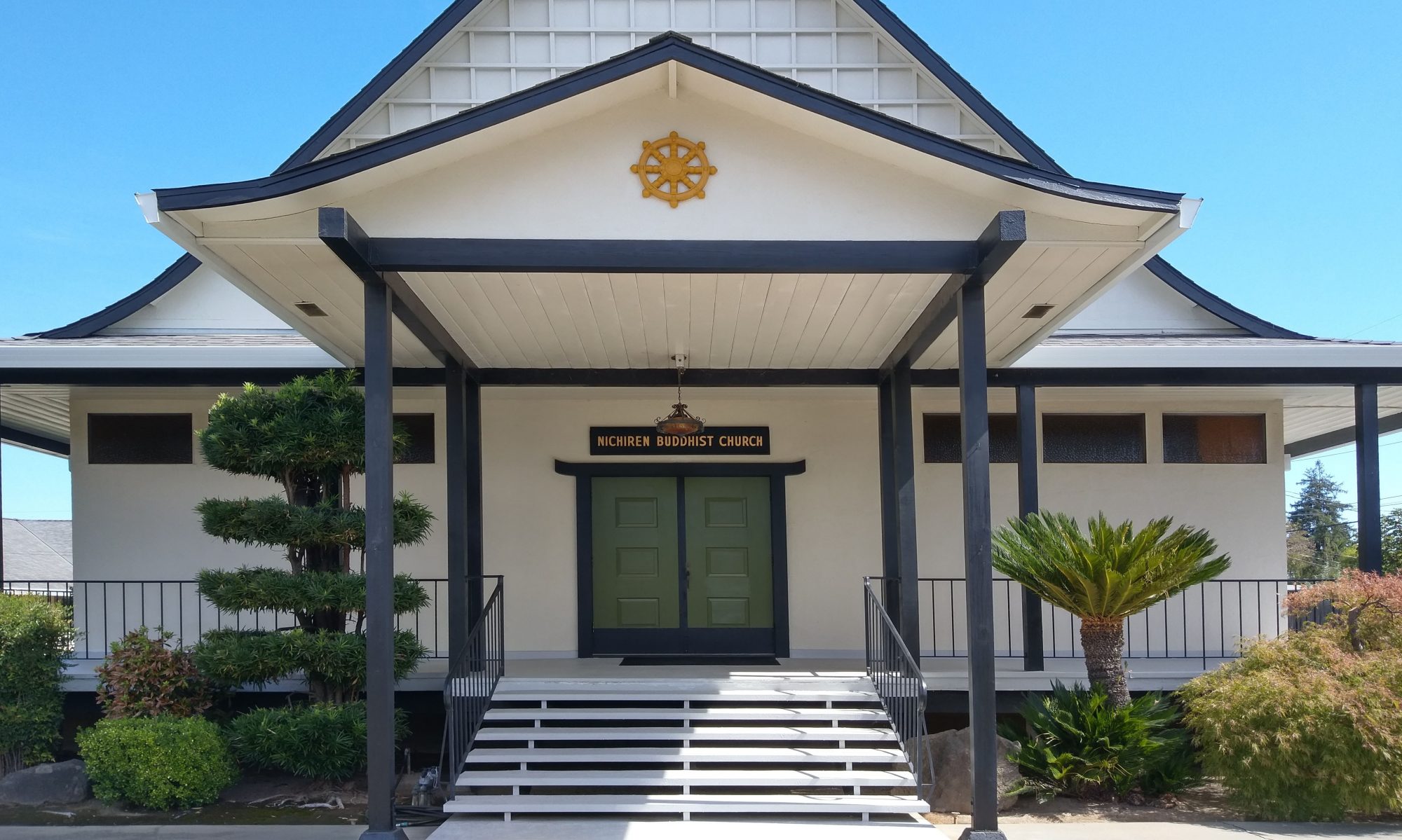I became a minister on April 28th, 1968. I had just turned 20-years old earlier that month and had entered the temple to start my shugyou (training or ascetic practice) on my birthday. I spent the next 25 days until April 28th, feeling very. unsettled and trying to adjust to my new life. Despite having some doubts, I was determined to become a minister and went through with my decision. For the next year, I trained under my master, learning not only how to chant the sutra, but the other duties and expectations that come with being a minister.
After my training, I became a student at Minobusan University in Yamanashi, where I majored in Nichiren Shu doctrine. During my time there, I realized that many of the students were born and raised in a temple. They had known from a young age that they would ultimately inherit their parent’s profession of being a minister. As a result, many of my peers already knew the basics of Buddhism and the Nichiren Shu doctrine. However, I did not come from such a background-I was influenced to become a minister after reading Nichiren Shonin’ s writings and also from seeing my mother’s strong faith in Nichiren Shu since my childhood. I quickly realized that I needed to find my own form of shugyou. I started by trying to catch up to my peers, including spending any extra time I had, learning the Nichiren Shu doctrine. After class, I would visit Nichiren Shonin’s mausoleum with my hand-held taiko drum, sit on a stone paving, and chant the odaimoku for 30 minutes. I continued this every single day for three years until I graduated from Minobusan University to attend Rissho University in Tokyo, where I continued my studies on the Nichiren Shu doctrine.
Despite this and many other attempts to develop my own form of shugyou, I was not convinced that I was doing enough. As a result, during my first summer at Minobusan University, I decided to travel by foot and go on a pilgrimage from Minobu back to my hometown in Tokyo. I planned to walk a total of 100 miles in six days, while simultaneously chanting the odaimoku and beating my hand-held taiko drum. I was very concerned not only because it was my first time going on a pilgrimage of this sort, but also because none of my peers and upperclassmen had taken on such a task. I decided that I would leave my fate to the deities and prepared my belongings that I would put in my zudabukuro (bag) that my mother and father had made for me. I prepared a few changes of clothes, money, and six pairs of waraji sandals, one for each day of my trip.
However, on the morning that I had planned to start my pilgrimage, I found out that a typhoon was expected to hit Yamanashi. I started to rethink my plan to leave for Tokyo that day but decided that I had to go through with my pilgrimage–it was a promise that I had made to the Buddha, Nichiren Shonin, and the deities. After finishing my usual morning prayer at the main temple, I ate breakfast and prayed at Nichiren Shonin’s mausoleum. With my bag and taiko drum in hand, I put on my tendaigasa (woven hat), and started my trip. By the time I left Minobusan, the typhoon had already brought strong winds and heavy rain. I assumed that it would end soon, but the weather only worsened. As time passed, it became more and more difficult for me to beat my taiko drum, let alone walk. I was walking on Japan National Route 52, which has the Fuji River on one side of the road and very rocky and steep hills on the other. If l walked on the side closest to the hills, there was a chance that I would be hit by giant rocks that were rolling down the hill, or worse, a landslide. However, if I walked near the water, I risked being blown into the river by heavy gusts of wind. I ultimately decided to walk in the center of the road, desperately hoping that I would not be run over by a car. I fortunately made my way to the bridge that would allow me to cross the Fuji River and go to Shimobe, the next town over. By that time, the river had widened and become very muddy, the water levels had risen, and the stream was flowing faster. If the bridge were to be destroyed as I was crossing it, I knew I would be swept away by the strong current of the river. I paced back and forth in front of the bridge for 20-30 minutes, hesitant to risk my life, but also trying to mentally prepare myself. Once I knew I was ready, I clenched my hat with my left hand, placed the hand-held taiko under my left arm, and used my right hand to hold onto the rails as I carefully made my way across the bridge. I wondered whether the deceased felt the same way when they cross the Sanzu River. As I finished crossing the bridge, I felt relieved, knowing that I had just experienced a life or death situation.
As I continued my pilgrimage, the typhoon eventually subsided and the sky cleared up to reveal a blue sky. The weather became sweltering hot, so much so that I remember the heat to this very day. At that point, I had already been walking for six hours, hungry and drenched from the heavy rain. I decided to dry out my belongings and looked inside my bag. It was from this moment on that my real shugyou would begin.
To be continued …
Ven. Kenjo Igarashi
July 2018
